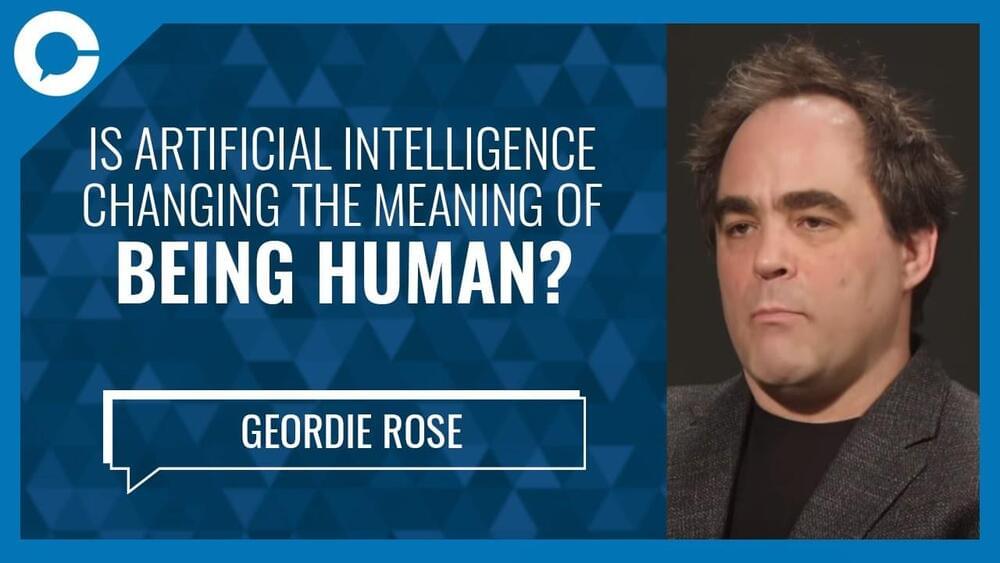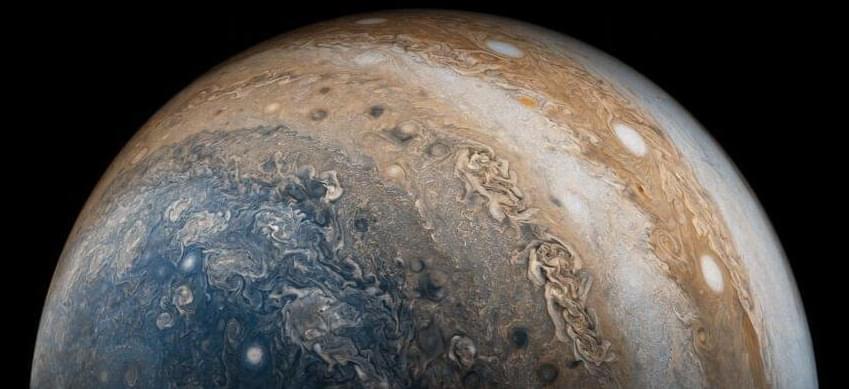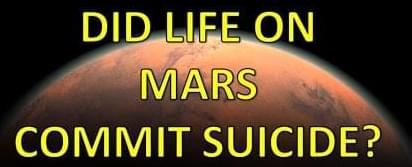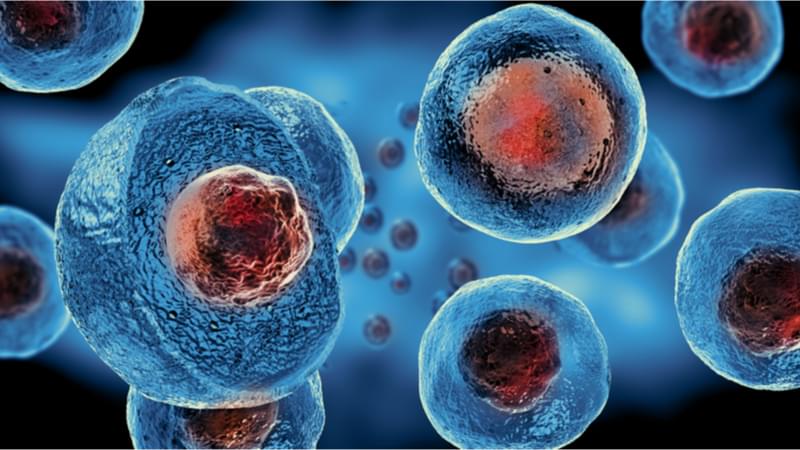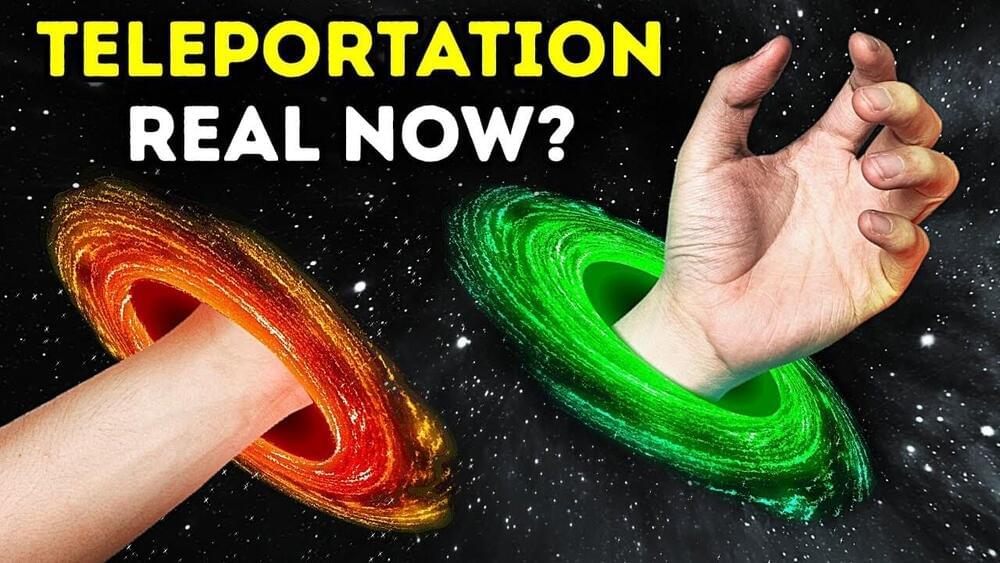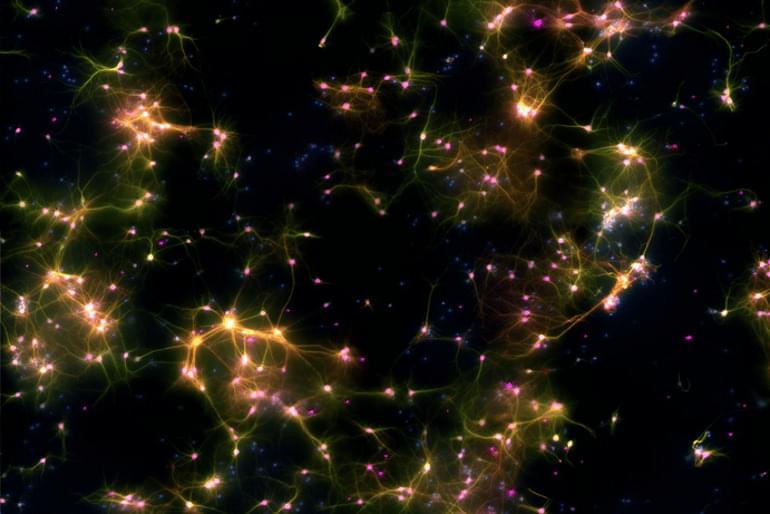Humanoid artificial intelligence is coming and there’s a good chance it may come to life in Vancouver.
That’s because some of the brains at work creating AI – human-like AI – live and work here. The odds that they will succeed are high, they have an amazing track record. One of those brains is the mastermind behind the development of quantum computing that has manifested itself into the company known as D-Wave.
At the core of the development on humanoid AI sits an existential question: what does it mean to be human? What motivates us, how do we decide right from wrong and whose morals constitute the foundation of the programming of the machine that will self-learn? These are just a few of the questions that surround what many believe will be the last great human discovery.
We invited Geordie Rose of Sanctuary AI to join us for a Conversation That Matters about artificial intelligence – why, what, when, where and how soon.
